A LIVELY debate during the plenary discussion set the tone for the later breakout sessions during Thursday’s Equine Summit, hosted by Gain Equine Nutrition and Alltech, at the Keadeen Hotel in Newbridge, Co Kildare.
Chaired by Leo Powell, editor of The Irish Field, Dr Noel Cawley, chairman of Teagasc and breeder of sport horses, and Ronan Murphy, CEO of Horse Sport Ireland, represented the sport horse sector, and were joined by CEO of Horse Racing Ireland, Brian Kavanagh, and Meta Osbourne, senior steward of the Turf Club.
Dr Cawley did not hold back when speaking frankly about the state of industry in Ireland, both in terms of breeding and guidance from our national governing body, Horse Sport Ireland (HSI).
“We are at a crossroads now. We have a new structure from Indecon, we want a professional board who can apply logic,” Cawley said. “The structures that Indecon recommended have to be implemented.”
In terms of breeding, Cawley, who has bred a number of Nations Cup-performing horses, said show jumping breeders in Ireland have remained ‘static’ and ultimately the country has fallen behind our European counterparts.
“We haven’t applied common sense and logic on the breeding side. We didn’t follow the rest of Europe. They applied science to the exercise and followed the procedures and processes of the thoroughbred industry – the profiling of the genetics.”
Cawley said in order to breed show jumpers for the very top level of the sport, continental sires are needed. “There is hardly a stallion left in the country that can produce an international horse. Profile the mares and use them to an internationally successful stallion.
“We have some really established horses. In Lanaken last month, we won a gold medal in six-year-olds. But the breeding of these horses starts with a well-established mare in Ireland and an imported stallion. It is not an accident that this has happened, but we have not convinced enough people to do it and we will not get back up to a certain level unless we do.”

Pulling no punches, Cawley added the guidance from HSI for breeders has not been good enough. “From the Reaching New Heights programme, one of the key recommendations was to identify the mares and endeavour to encourage good breeding.
“Yet, when the scheme came out, there were no marks at all for genetics. That’s pathetic, like telling me that the earth is flat. I argued it and we got it up to 10%. We have an element in the industry who do not recognise reality, but I would have a lot of hope for the future.”
ENTHUSED
In his role as CEO on the national governing body for just three months, Ronan Murphy said he concurred a lot with Cawley in terms of losing focus. “Breeding must be linked with an end game in performance. We have lost focus on the breeding goals around show jumping.”
He added, however, that he has been “enthused” by the sector. “In the last four months we have won 10 gold medals in show jumping – pony Europeans, senior Europeans, and a gold in Lanaken. I was at a federation meeting recently and other countries were coming up to me asking how Ireland do it!”

Impressive in his deliverance, Murphy said the current challenge is bringing the diverse sector together.
“We have 28 different affiliates involved in breeding, sport and everything else. Each organisation and affiliate need to look at themselves and work out where to go.
“A plan and strategy is fine but if not resourced it is just a piece of paper.
“There is a wave of change at the moment. I am seeing that across all affiliates – people who have been despondent in the past. We have to be adaptable to change and embrace that change.”
Murphy emphasised the importance of focusing now on domestic structures, especially in show jumping.
“Of the 60 riders that competed on the Grand Prix circuit last year, 20 have emmigrated this year, we have lost a third of them. That is just not good enough.
“International riders have brought in new owners and money, but we need to focus domestically, the domestic structures are not good enough at the moment.”
WORKING TOGETHER
Comparing the sport horse with the thoroughbred industry, Murphy said there are a number of differences. “Yes we breed produce and compete in the same climate, with the same people, but the thoroughbred sector are working with one breed. We have nine studbooks, all competing with one another.
“We have not been to the fore in the past. The thoroughbred sector thinks as a business and the sport horse sector has lagged behind but I think a change is coming now. This is not a slow moving train,” the CEO said.
Murphy laid down his main objective for the immediate future. “I want to lead the organisation through the Indecon change. My one wish would be the sector getting behind that happening – operating with one voice and increasing our funding model.”
Discussing if the sector should be 100% under the Department of Agriculture, Food and the Marine, Murphy pointed out the overall government support for the sport horse sector in 2017 was 16 times lower than that of the thoroughbred.
“We accept the difference in the economic model. Most of my engagements so far have been with Agriculture and they couldn’t be more positive, they see the value of the sector. We can’t afford to be without one department at the moment.”
Cawley added: “Personally I would prefer if all of sport horse would be reporting to the Department of Agriculture, I think we would do better.”
CEO of HRI, Brian Kavanagh, said the two sectors are already collaborating in other areas of common interest, like disease control and Brexit, and could do more together.
“One thing we could do a big more together on is the whole question of the value to the economy of the equine sector in general – we are talking individually but there are some overlaps when you put the two together.
“We are a much louder voice as a sector combined, let’s shout a bit louder together. I would love to see the funding model for your sector improved. We could help each other,” Kavanagh said.
NEXT WEEK: PART 2 – The Sport horse breakout session
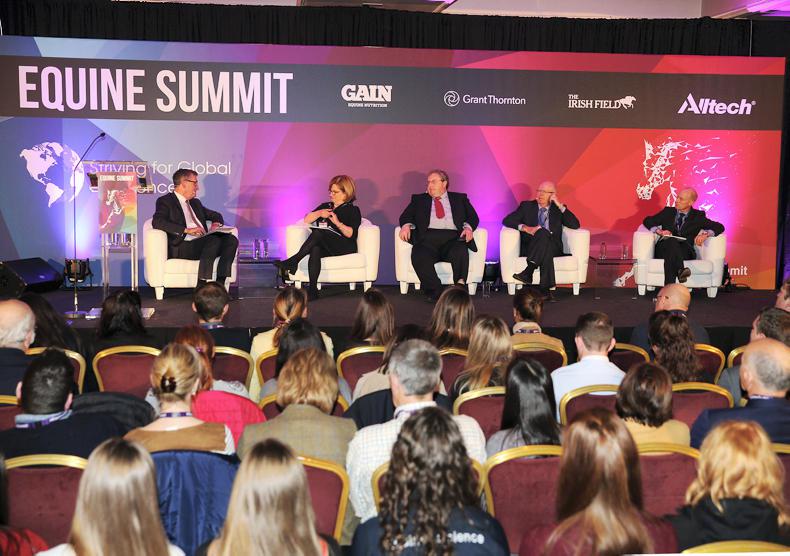

 This is a subscriber-only article
This is a subscriber-only article
 It looks like you're browsing in private mode
It looks like you're browsing in private mode




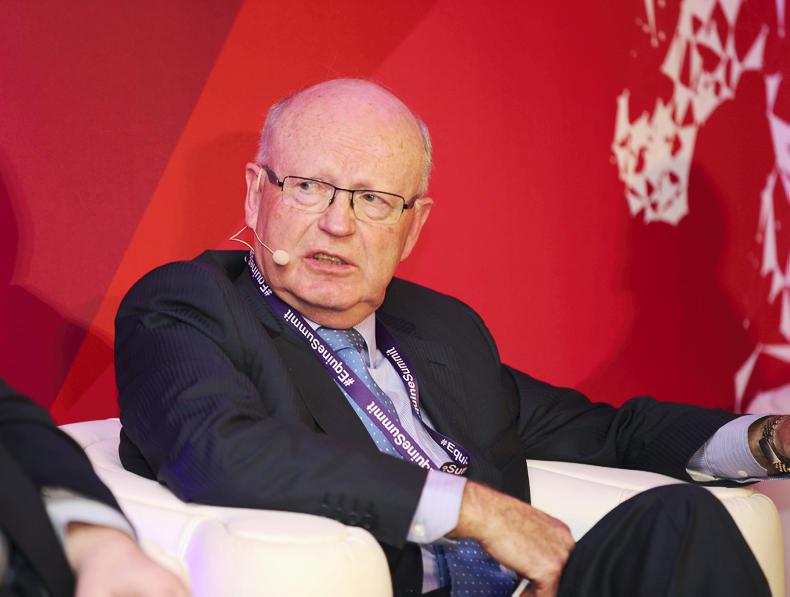
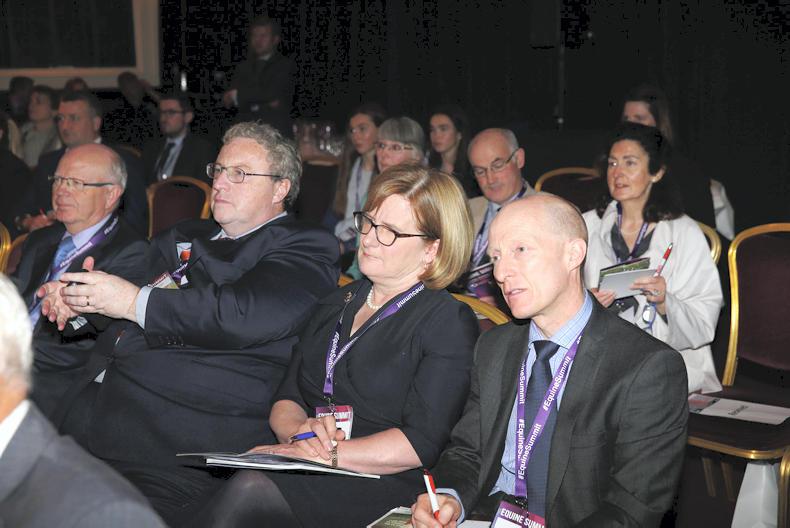
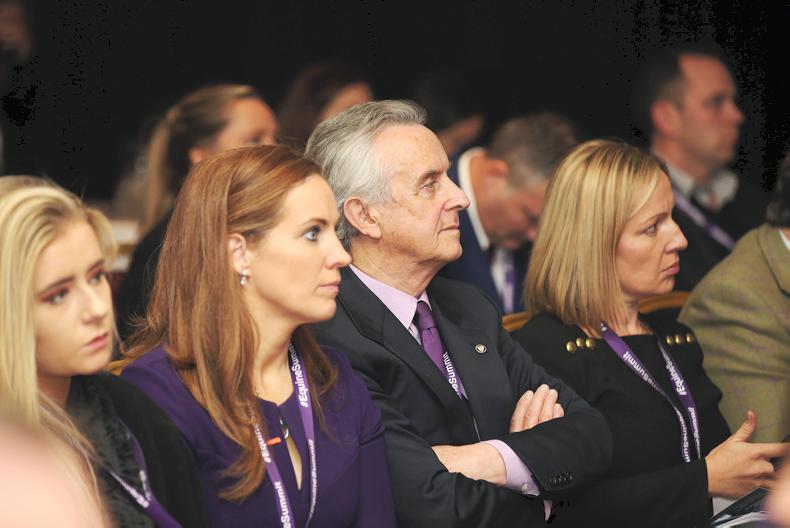

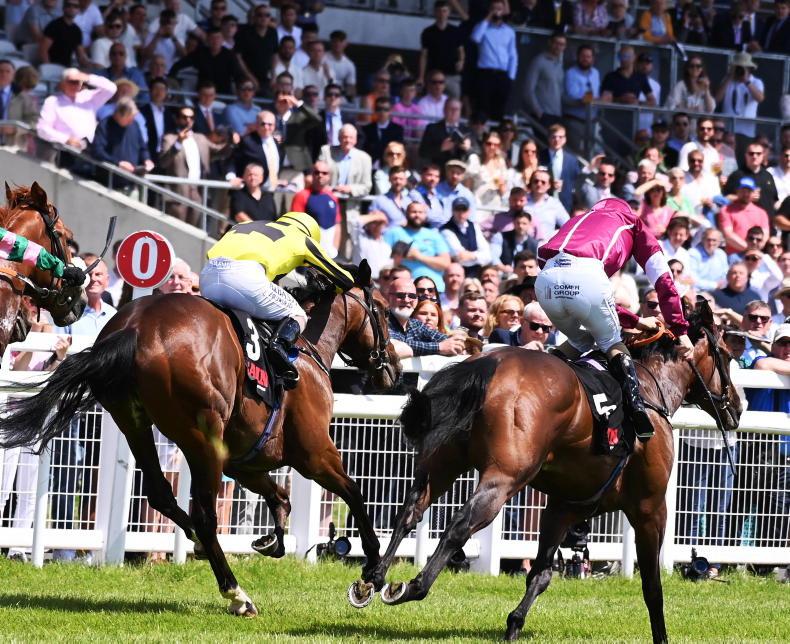

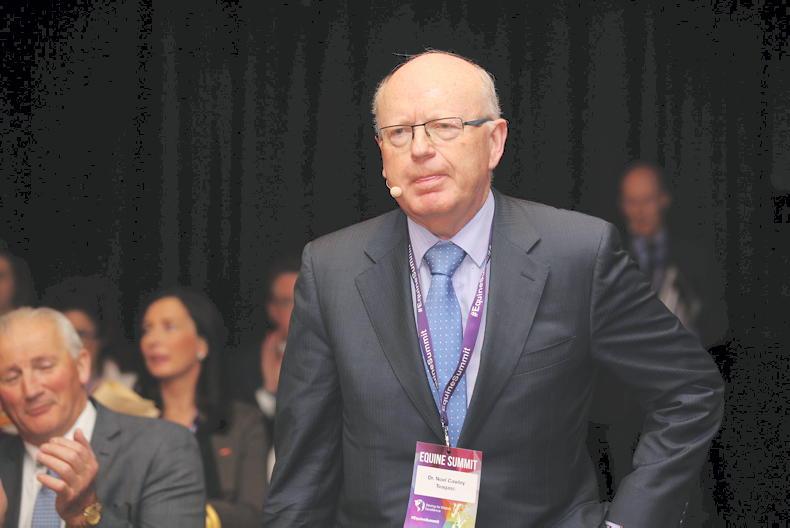
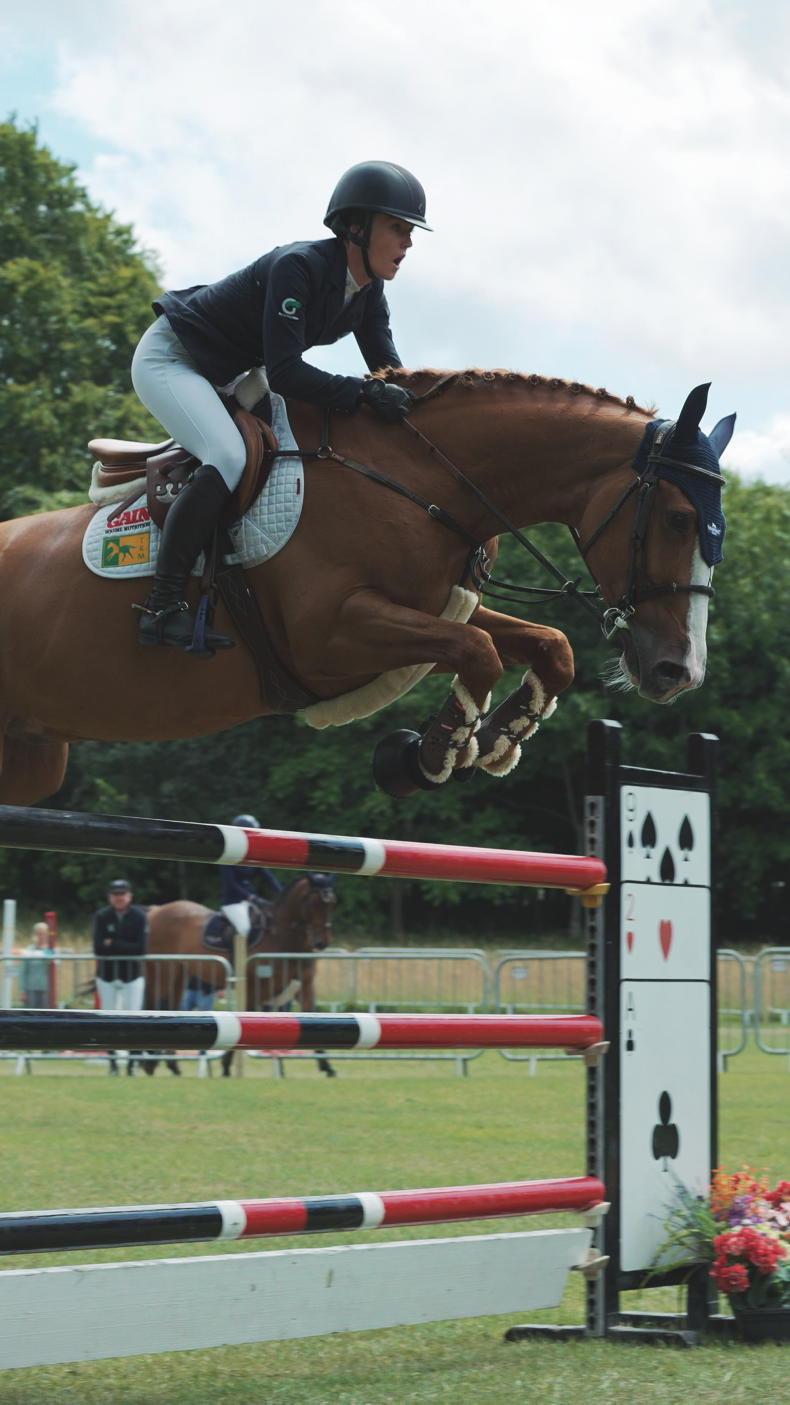
SHARING OPTIONS: